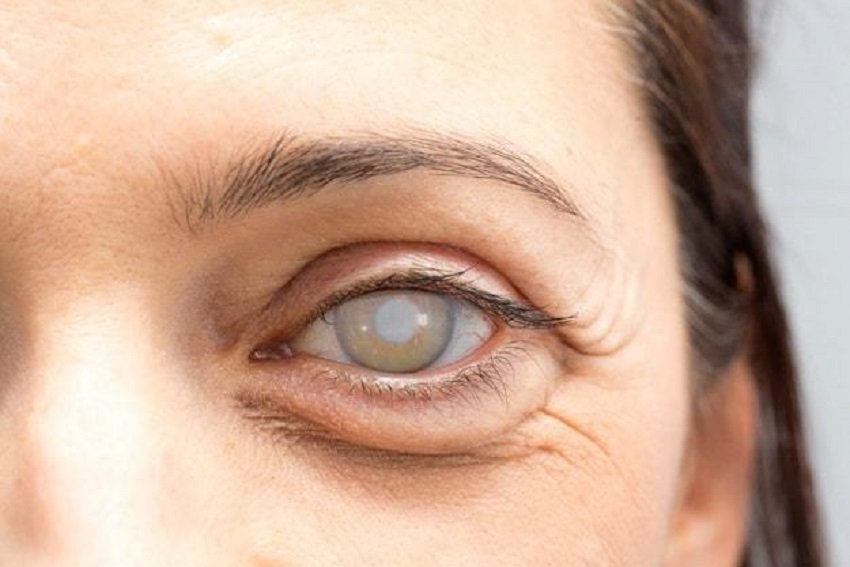Cataracts are an insidious eye condition in which the lens of the eye gradually becomes clouded. Because the symptoms do not come on all at once, you may not realize that you have cataracts at first until they start affecting your vision. Fortunately, cataracts are a treatable condition thanks in part to the efforts of ophthalmologists like Dr. Rohit Varma who have studied the disease.
What Causes Cataracts?
Cataracts have several potential causes, such as long-term steroid use, diabetes or other medical conditions, past eye surgeries, or injuries. Some cataracts are congenital, meaning that they are present at birth. Congenital cataracts may be caused by an intrauterine infection or trauma, or they may be genetic. However, perhaps the most common cause of cataracts are changes related to the aging process.
Cataracts can affect only one eye or both at the same time. Sometimes both eyes develop cataracts but the clouding is more severe on one side than the other.

What Are the Symptoms of Cataracts?
It is common for a cataract to start small and affect only a small portion of your field of vision. Over time, the cataract can grow bigger, and the resulting vision changes can become more pronounced. In addition to blurred or clouded vision, cataracts can also produce double vision in the affected eye, a yellowish tint to the colors you perceive, and a decreasing ability to see at night. If you have cataracts, you may need changes to your contact lens or eyeglass prescription more frequently.
The clouding of the lens caused by cataracts is not always visible to the naked eye and may require diagnostic equipment to detect. However, as a cataract develops and becomes more dense, it may be possible to discern white cloudiness in the pupil of the affected eye.
What Are the Different Types of Cataracts?
There are three different types of cataracts, and they are categorized according to where they appear on the lens of the eye. A posterior subcapsular cataract affects the back of the lens, cortical cataracts first develop along the lens edges, and nuclear sclerotic cataracts, the most common type, develop in the center of the lens.
The different types of cataracts can have different effects on your vision. For example, nuclear sclerotic cataracts may actually improve your close-up vision at first because the development of the cataract changes the eye’s ability to focus as it progresses. However, the improvement is only temporary.
How Are Cataracts Treated?
In the early stages, the effects of cataracts may be counteracted by new eyeglass prescriptions and stronger lighting. However, the more severe your cataracts become, the more likely it is that you will need surgery to correct them. Cataract surgery involves implanting an artificial intraocular lens in your eye after removing the old, clouded lens. This procedure is generally safe and effective. You typically won’t need a hospital stay for cataract surgery because the procedure can be performed on an outpatient basis. Risks associated with the surgery are generally low and include retinal detachment, bleeding, and infection.
Any changes to your vision should be evaluated by an eye care professional. An ophthalmologist can determine if the cause is cataracts or another condition.

